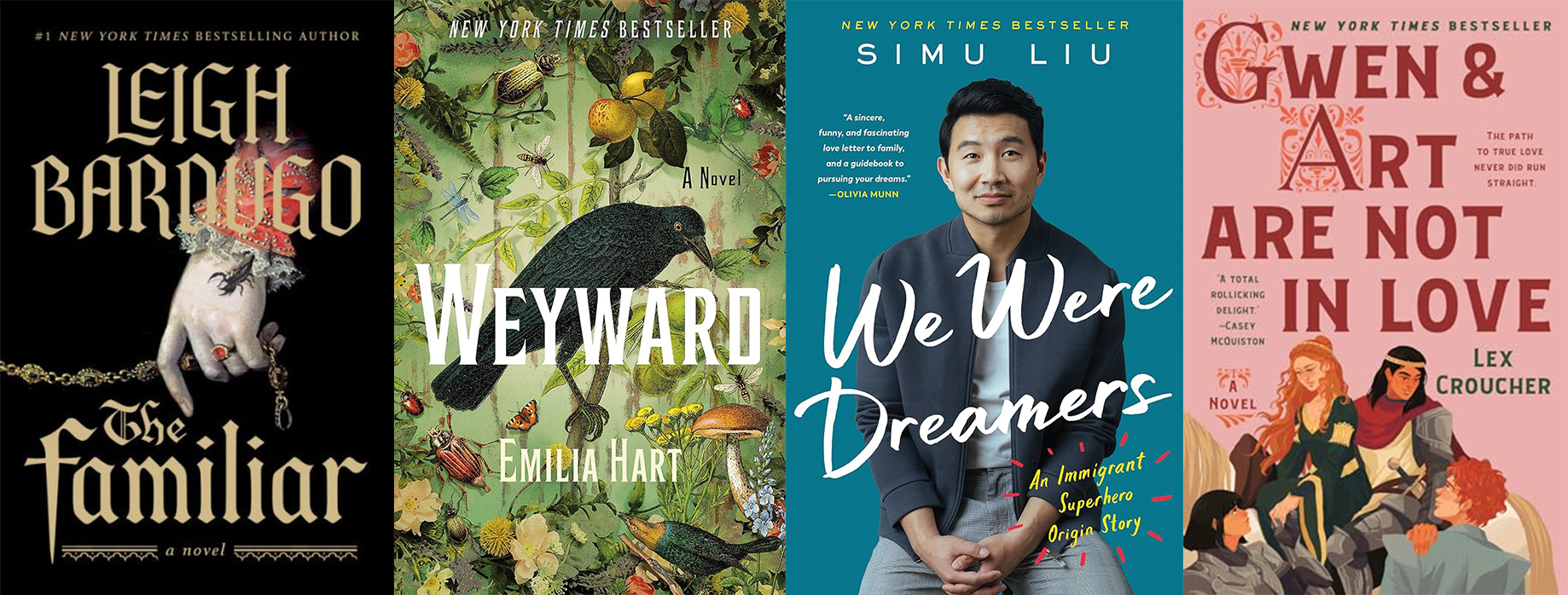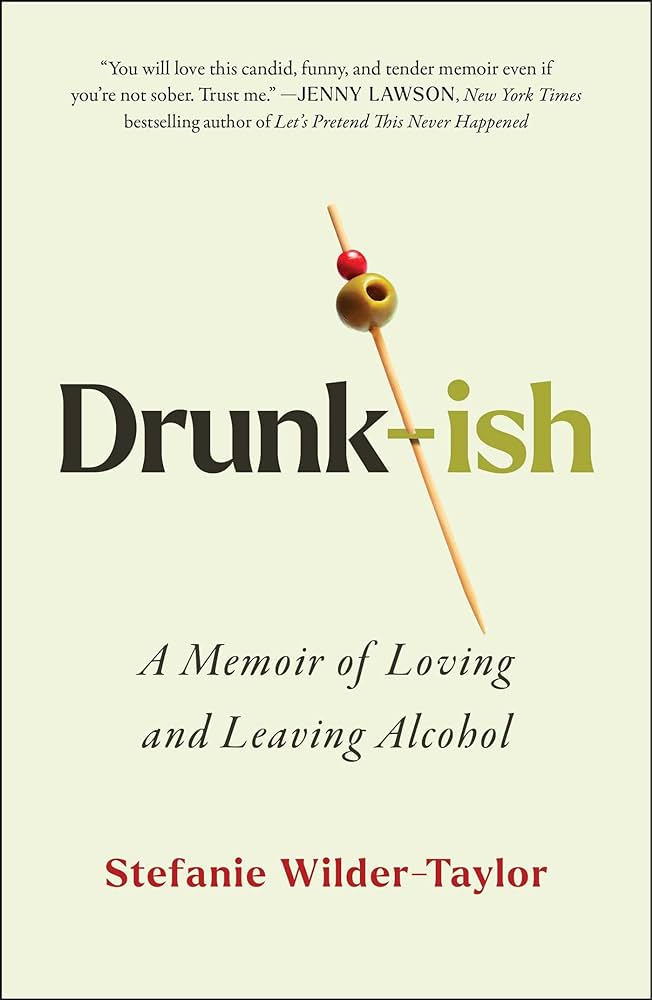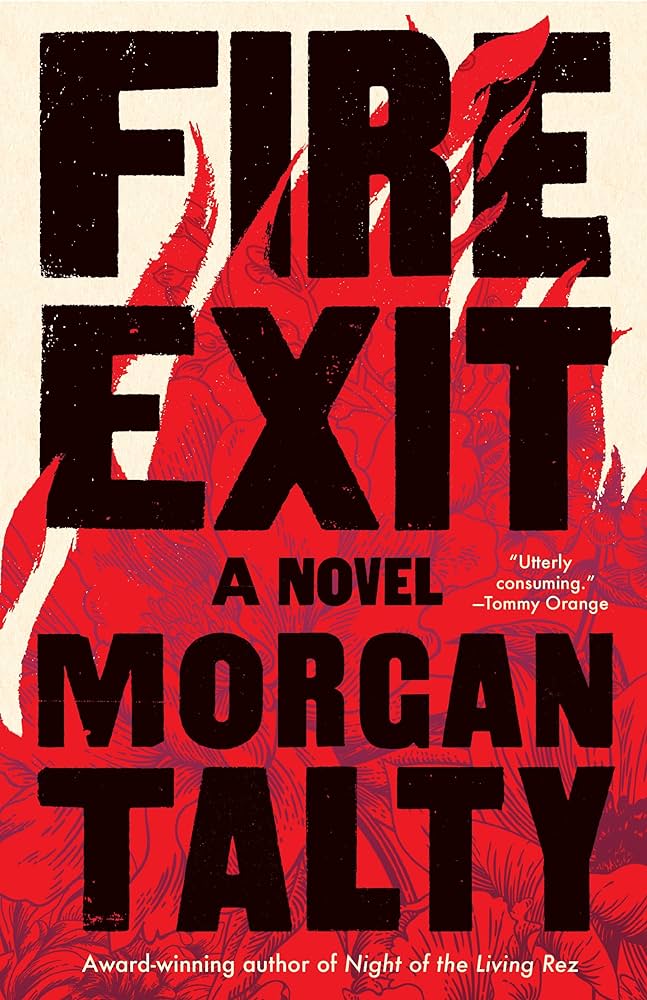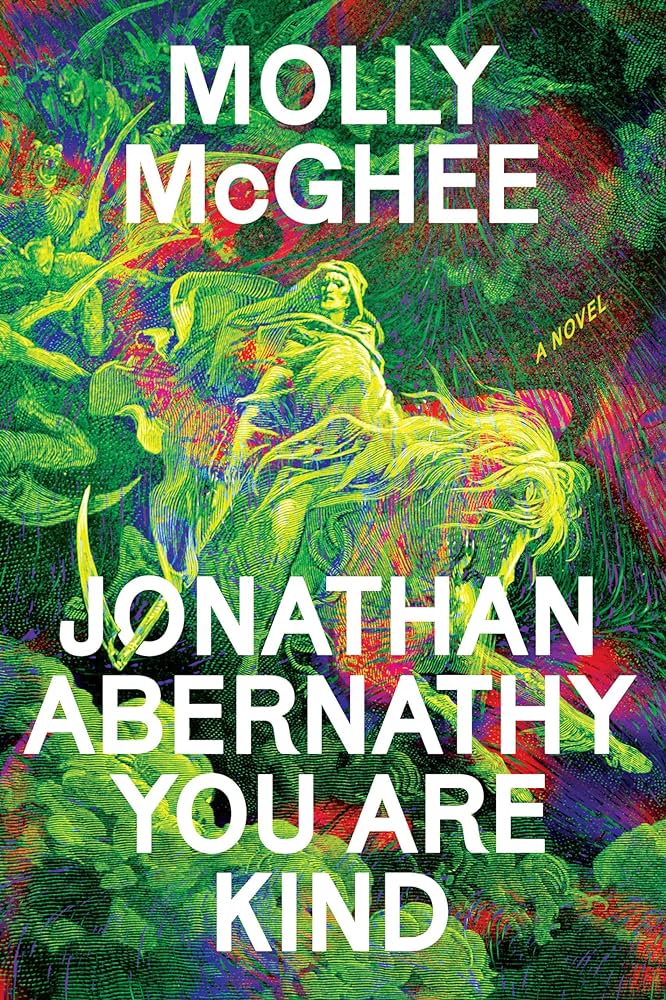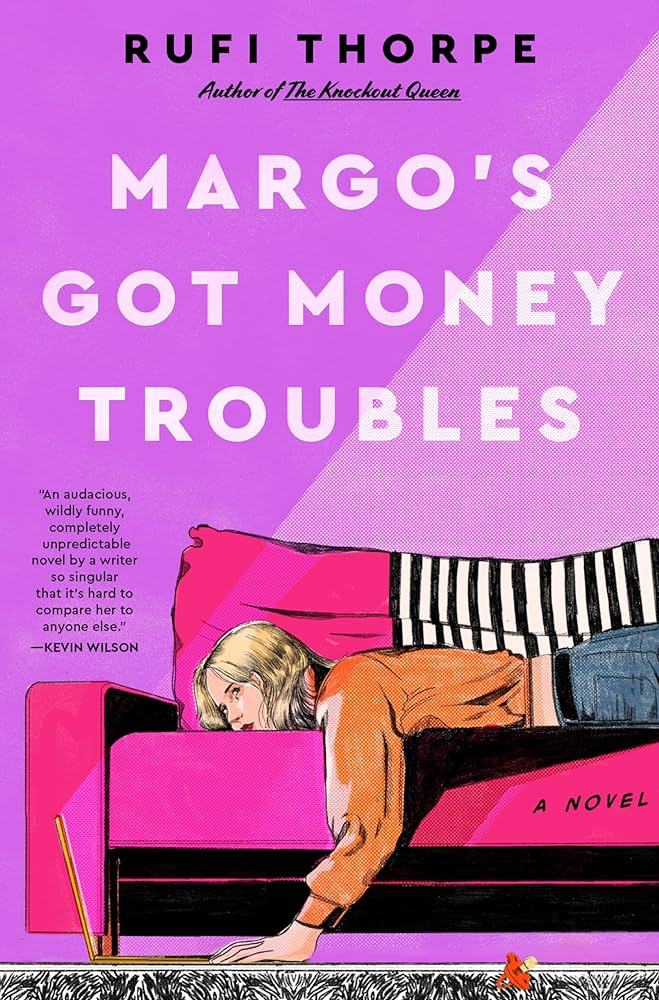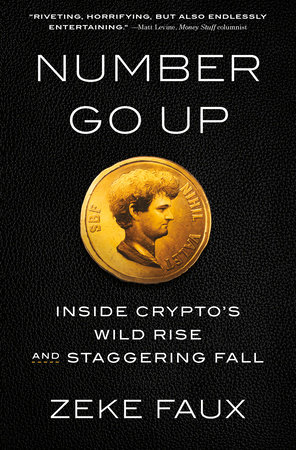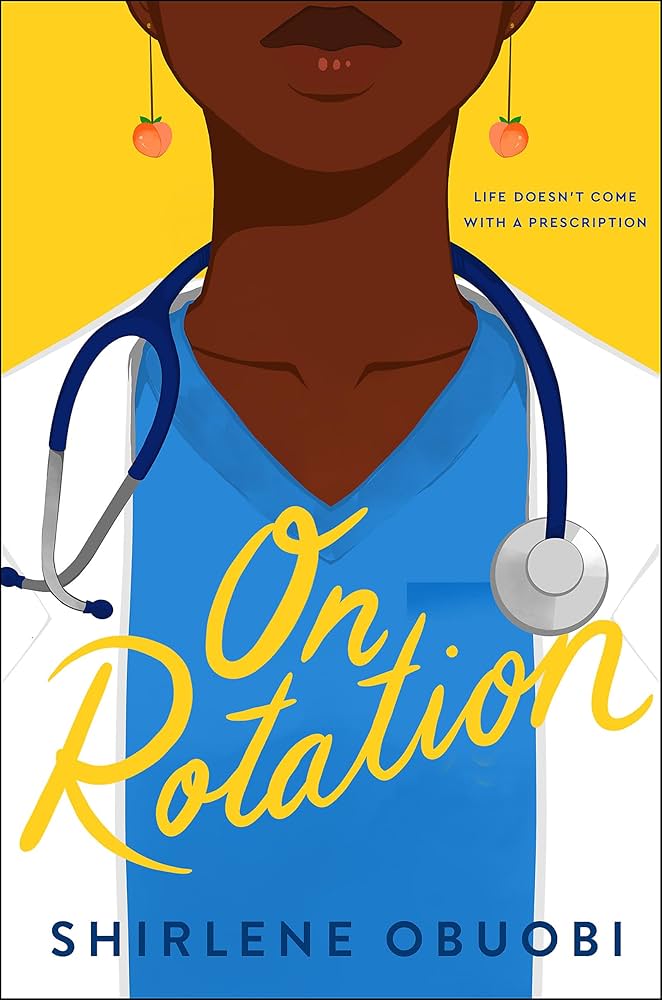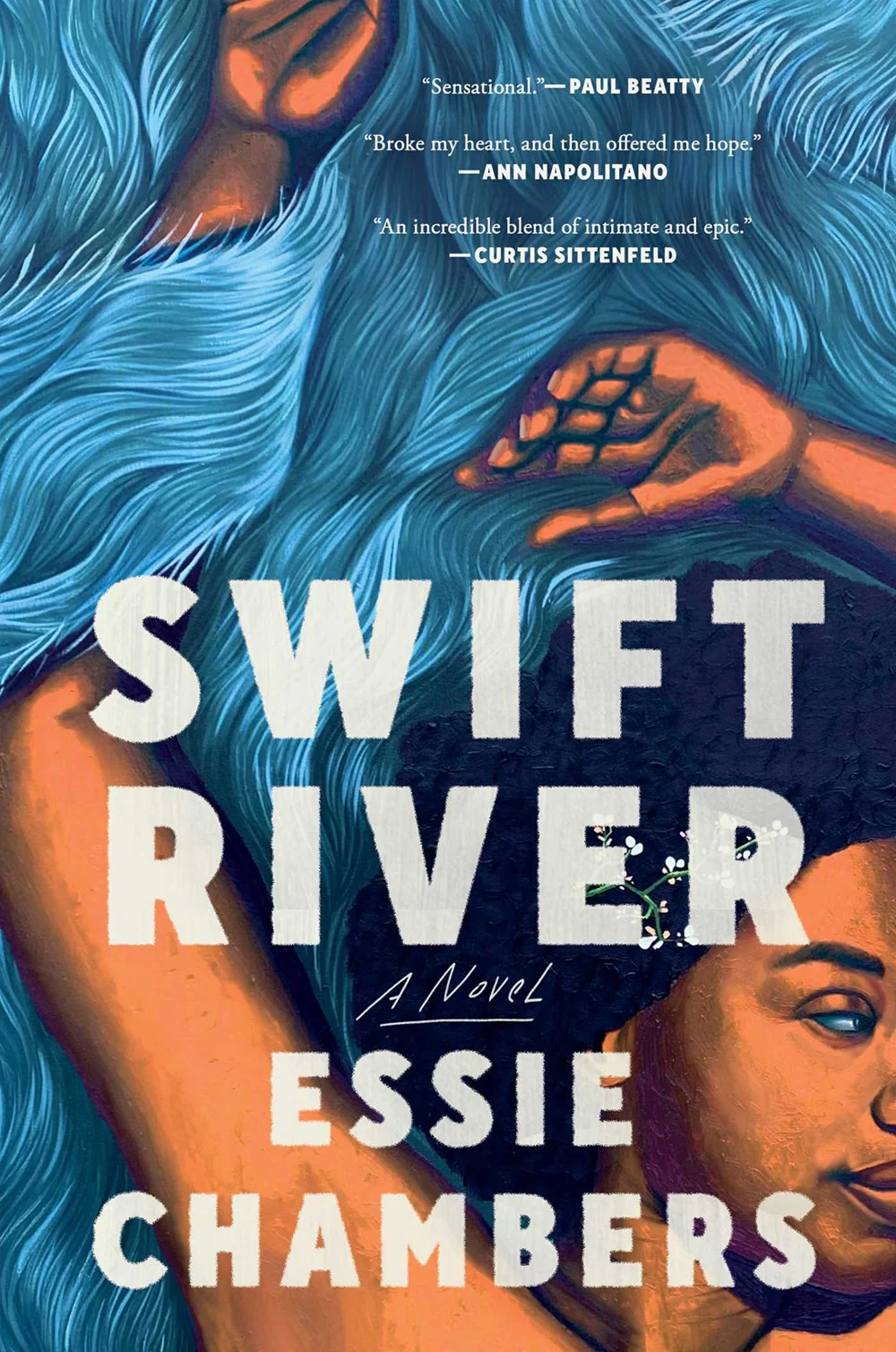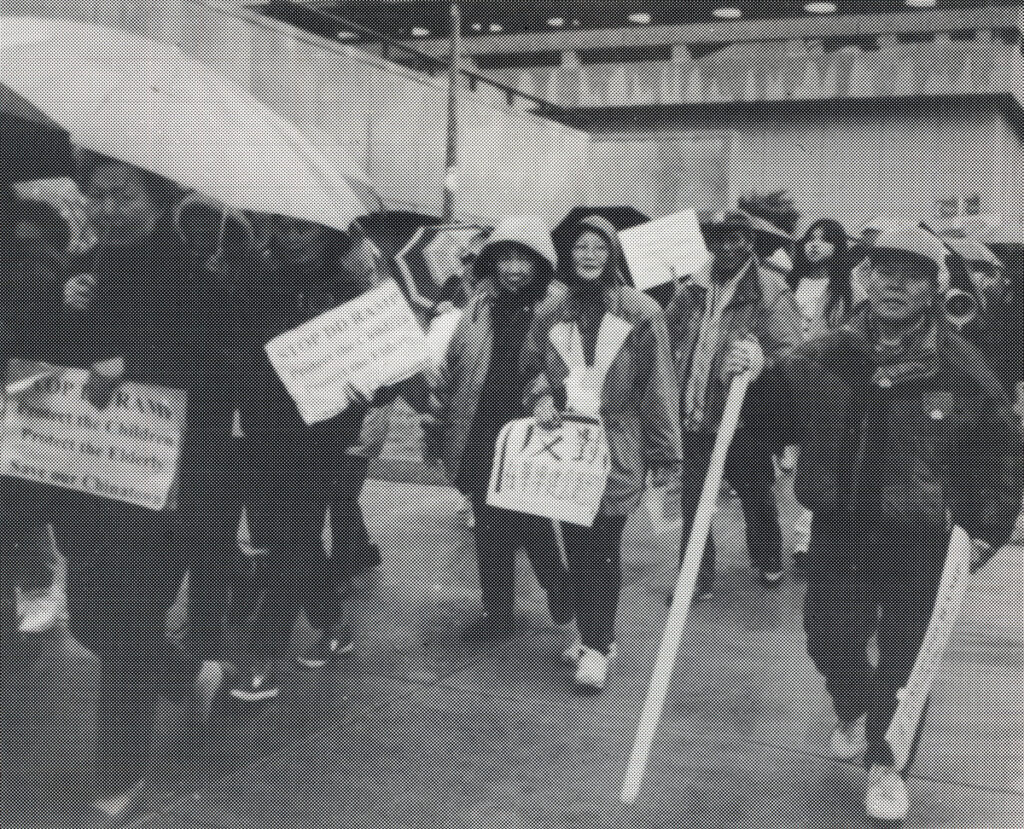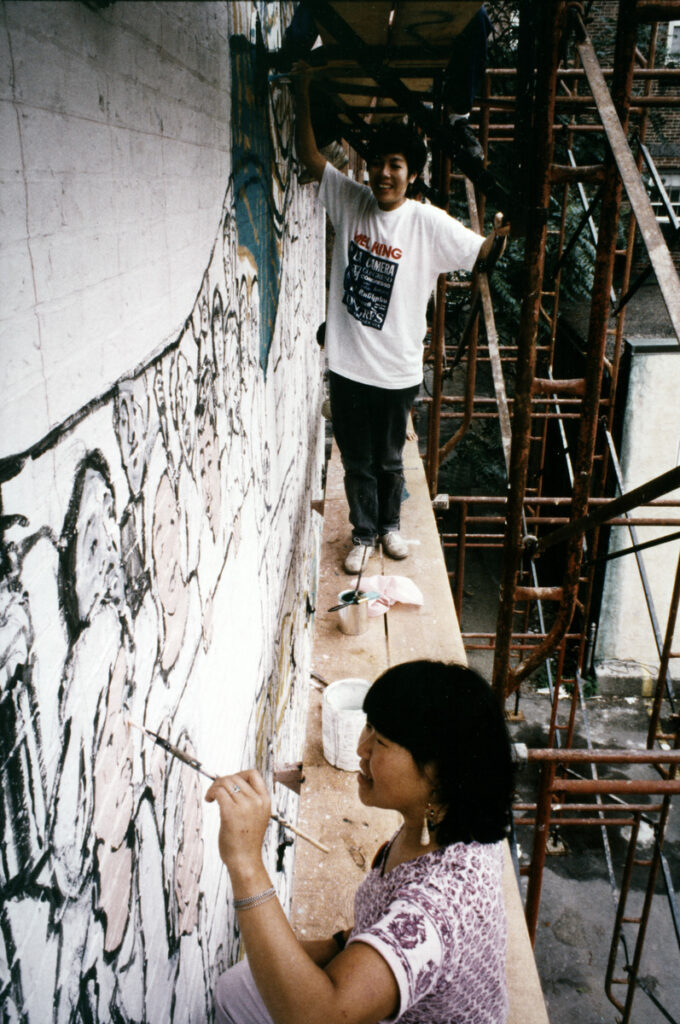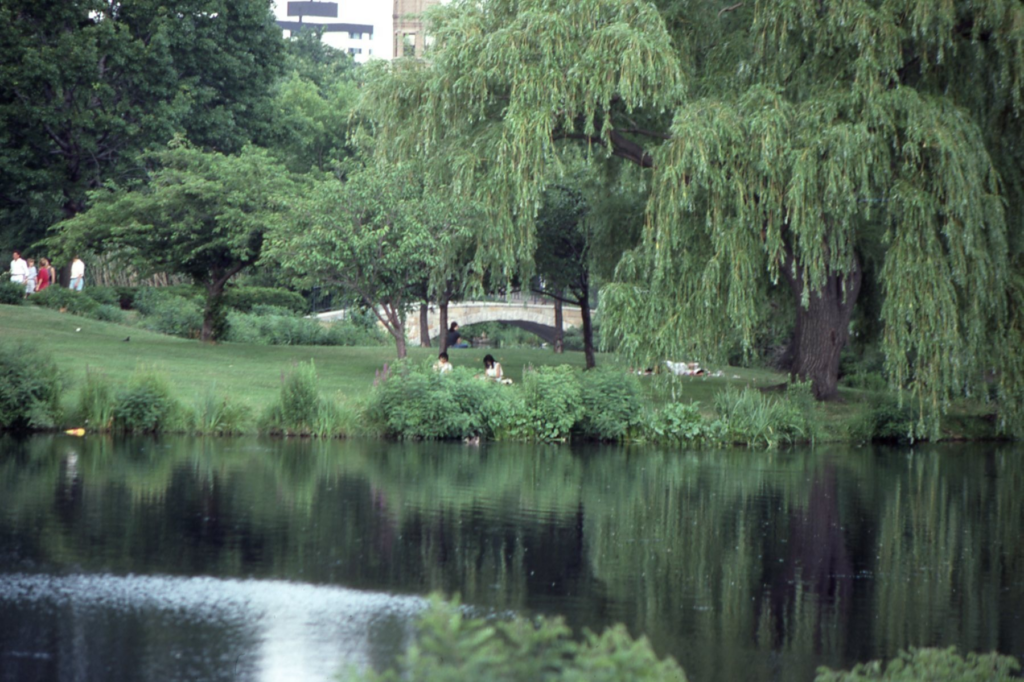2024 Reading Challenge Update: July Winner and What You Read This Month!
Can you believe July is already over? There’s just one month left until fall classes begin!
The end of July means it’s time to announce the month’s Reading Challenge winner. Congratulations to Dina Meky, who won a digital gift card to Papercuts Bookshop! Papercuts is a women-owned independent bookstore located in Boston. Happy reading, Dina!
And congratulations to everyone who read a book and told us about it this month. There are still five months left until the end of the 2024 challenge, so keep reading and keep sharing! For more chances to win, submit your reading to the Massachusetts Center for the Book, too!
What You Read This Month
Readers went worldwide in July with the theme of “a book written by an author born outside of the United States.” Here are some of the international reads you enjoyed this month!
The Familiar, Leigh Bardugo (born in Jerusalem, Israel)
Listen to the audiobook
“Bardugo brings life to the dark, rich atmosphere of 17th century Spain, weaving in magical melodies sweet as orange blossoms and dark as onyx. I’ve never encountered a historical fantasy quite like this one.” — Bianca
Weyward, Emilia Hart (born in Sydney, Australia)
Listen to the audiobook
“I love a book with a strong female lead and this book had 3! Although the plot was dark at times, I appreciated the underlying theme of women’s empowerment and really loved the depictions of animals and nature. In short, this book was magical!” — Kelly
We Were Dreamers: An Immigrant Superhero Origin Story, Simu Liu (born in Harbin, China)
Find it at Snell
“As a foreign student and Asian, I found the book relatable and extremely funny. He was not afraid to talk openly about his family. It was a nice read for the summer!” — Shogan
Gwen & Art Are Not in Love, Lex Croucher (born in Surrey, England)
Find it at Snell | Listen to the audiobook
“I think it had a lot of potential (I love a good medieval age type of book—no matter how inaccurate it is) but didn’t really deliver on the relationships between the two pairings […] All in all I can’t be too upset, as it definitely reads toward a YA audience. I think I would’ve loved this more in high school but I think the writing just didn’t deliver!” — Jaime
And What to Read Next Month
August’s challenge is an interesting one: “read a book with a title that begins with the first letter of your birthday month.” Here are some suggestions for each month on the calendar:
Annie Bot, Sierra Greer
Read the e-book
Annie loves cooking and cleaning for her boyfriend Doug, and always wants exactly the same things he wants. She’s the ideal girlfriend, and she’s also a robot. Doug wants Annie to be more human, so Annie does her best to learn. But if becoming human might mean losing Doug forever, Annie has to decide: what does she really want?
Drunk-ish: A Memoir of Loving and Leaving Alcohol, Stefanie Wilder-Taylor
Listen to the audiobook
Stefanie Wilder-Taylor has always enjoyed alcohol…maybe a little too much. After a disastrous night, she decides that it doesn’t matter whether she’s a “real alcoholic”; she’s going to get sober if it kills her. Drunk-ish is Wilder-Taylor’s memoir of a life lived through cocktails, shots, and glasses of wine, as well as a candid, hilarious look at the pain and pleasure of saying goodbye to getting drunk-ish.
Fire Exit, Morgan Talty
Listen to the audiobook
For twenty years, Charles has watched Roger and Mary raise their daughter Elizabeth on the Penobscot Reservation in Maine. But Elizabeth is actually his daughter, a secret that has kept Charles separate from his community. Now Elizabeth is missing and Charles is desperate to find her and to share her truth.
Jonathan Abernathy You Are Kind, Molly McGhee
Listen to the audiobook
Jonathan Abernathy is in debt and unemployed. Then he’s offered an unusual government job: entering people’s dreams and cleansing them of objectionable material. But every too-good-to-be-true opportunity has a cost, and soon Jonathan is struggling to tell dreams from reality and good from evil.
Margo’s Got Money Troubles, Rufi Thorpe
Read the e-book
Twenty years old and suddenly a single mother, Margo needs money. In a truly 2020s move, she decides her best option is OnlyFans—and thanks to the wisdom of her estranged ex-pro wrestler father, she’s great at it. But is viral success worth the price of admission?
Number Go Up: Inside Crypto’s Wild Rise and Staggering Fall, Zeke Faux
Listen to the audiobook
Investigative reporter Zeke Faux was fascinated when cryptocurrency went mainstream in 2021, and he also wondered what he was missing. Why were intelligent people suddenly risking their life savings for a seemingly pointless investment based on internet memes? Why were celebrities suddenly spending hundreds of thousands of dollars on bad digital art? Why were businesses and even countries suddenly willing to disregard basic economic principles in favor of what seemed like an obvious scam? Why were so many people willing to put all their faith in shady crypto bros and bad investors? Number Go Up is Faux’s investigation into the wild hype and grim reality of cryptocurrency, and it will take you places you never expected.
On Rotation, Shirlene Obuobi
Listen to the audiobook
Angela is on track to become a successful doctor married to a successful professional man, thereby making her immigrant family’s dreams come true. Then: she flunks an important exam and her boyfriend breaks up with her, and suddenly her family and friends are nowhere to be found. Now Angie’s questioning the dream she was raised on, and wondering where her own dreams fit into the plan.
Swift River, Essie Chambers
Listen to the audiobook
Diamond Newberry is the only Black person in a white town. In the summer of 1987, Diamond’s mother is trying to have her missing father declared legally dead, hoping that the life insurance money will get them back on their feet. Then Diamond unexpectedly discovers a whole side of her father, and his family, that were lost to her before. Finally, she might have a place where she fits in, but how will that change the world she’s always known?
Need more reading recommendations? Check out our suggested e-books and audiobooks for August! If you’re in Boston, you can stop by the Snell Library lobby in person on August 13 and 14 for Reading Challenge stickers, bookmarks, and books to check out, and friendly librarians who love talking about books!
